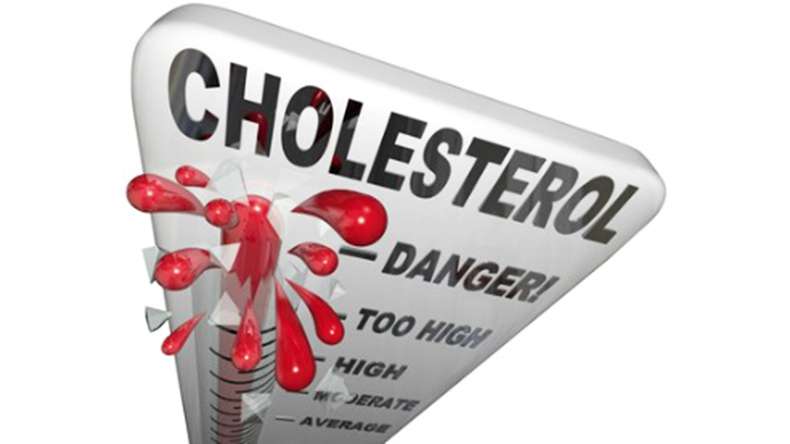NZ OWNED & OPERATED
Cholesterol – Friend or Foe?

Cholesterol is a fat carried in the bloodstream. It comes from the foods we eat but made mostly by your liver. Your body needs some cholesterol to work properly, but having too much can create a fatty build up in your artery walls, narrowing the arteries and restricting blood flow.
Your risk for heart disease and heart attack goes up as your LDL cholesterol level rises. The goal is to lower your low-density lipoprotein (LDL) cholesterol levels enough to reduce your risk for coronary heart disease, heart attack, and other related health problems.
High cholesterol is best addressed with lifestyle changes such as exercising and a healthy diet, but if you've made these changes and your cholesterol levels remain high, your doctor may recommend medication.
Dietary changes include:
· Reducing fat in the diet, especially saturated fats
· Increasing fruit, vegetables and fibre
· Eating complex carbohydrates
Lifestyle changes include:
· Regular exercise
· Stop smoking
· Maintaining a healthy body weight
· Limiting alcohol
Medicines can help control high blood cholesterol, but they don’t cure it. Two common types of cholesterol lowering medications are “statins” and “fibrates”. Statins can reduce total cholesterol levels by 30-50%. Fibrates work by lowering LDL and increasing HDL.
Unfortunately statin drugs can cause a variety of side effects, including abdominal discomfort, constipation or diarrhoea, indigestion, flatulence, nausea, dizziness, headaches and sleep disturbance.
Fortunately, red yeast rice has been shown to be a natural alternative. It not only is said to help lower total cholesterol, but also raise HDL (high-density lipoprotein) levels and lower lipoprotein (a) - a damaging blood fat similar to LDL cholesterol. Individuals with high plasma levels of lipoprotein (a) have a 10 times greater risk for heart disease than individuals with elevated LDL levels.
Red Yeast Rice has been used for centuries. It is produced by fermenting rice with red yeast (Monascus purpureus). The finished product, red yeast rice, contains important substances known as monacolins, which have the ability to inhibit HMG-CoA reductase—an enzyme responsible for cholesterol synthesis in the liver. HMG-CoA reductase inhibitors help regulate the body’s cholesterol production and increase the liver’s removal of LDL cholesterol from the blood.
Numerous studies have confirmed that red yeast rice demonstrates a direct inhibitory effect on HMG-CoA reductase activity and cholesterol synthesis. Red yeast rice also contains sterols (beta-sitosterol, campesterol, stigmasterol, sapogenin), isoflavones, monounsaturated fatty acids and trace elements that likely assist in lowering serum cholesterol and triglyceride levels.

